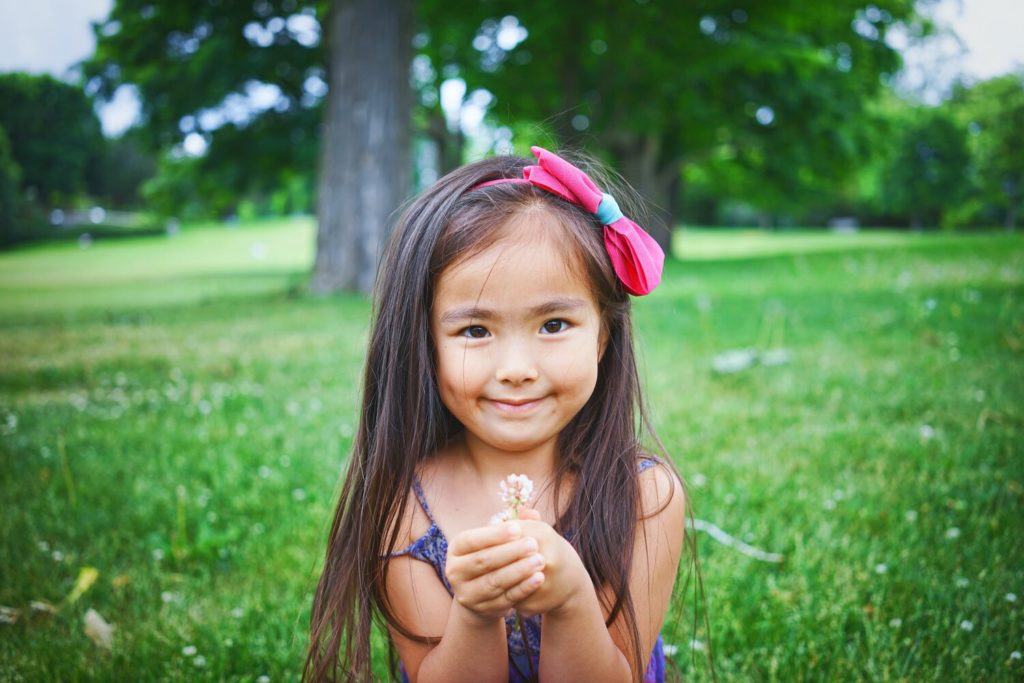A few days ago, ahead of the 2021 United Nations Climate Change Conference (COP26), a world leader indicated that this gathering might be “the last best chance to avoid a climate crisis”. Looking beyond the fact that we are already deep in a climate crisis, once you strip this statement of its diplomatic nuances you can either be terrified or hopeful. Or, in my case, you can experience both feelings simultaneously! Regardless… The future calls for all hands-on deck and there is really no choice but to mobilize as many actors as possible and to jointly, collaboratively and exponentially scale up our efforts. This also holds true for the United Nations Committee on the Rights of the Child (the Committee) of which I am currently a member, even though the views expressed in this blog are resolutely my own.
The Committee has addressed in no uncertain terms the issue of children’s rights and the environment to which it has dedicated, in 2016, its second to last Day of General Discussion at the Palais des Nations in Geneva. This event, which gathered international specialists of all stripes, among which many colleagues from civil society, and crucially dozens of children, generated many worthy discussions and significant takeaways, but arguably did not create the urgent momentum that is undoubtedly required to address the climate crisis. Nonetheless, the Day of General Discussion did serve as a catalyst for the Committee, inter alia, to significantly increase its focus on children’s rights and the environment in its exchanges with the 196 States that are party to the UN Convention on the Rights of the Child. But at the same time, like most of the rest of the world, the Committee was caught flatfooted since the children and young people exquisitely, explosively and persuasively elevated the climate crisis into a global protest.
There is a disturbing, and yet positive irony to the fact that children and young people have been the main drivers of the urgency of the moment. Beyond the evident stake in worrying about the quality of their own future, if not mere survival, their movement is an illustration of the vitality of the Convention on the Rights of the Child (CRC), notably the principle of participation. Children and young people seized on their right to participate, to have their voices heard and taken seriously, and have expanded on this principle with a vengeance to a level I refer to as “total participation”. While it is disturbing that the adult establishment has not been more proactive, it is so positively ironic that children and young people have stirred the hornet’s nest by dynamically adopting what is often coined as the most revolutionary contribution of the CRC.
At this point, I am convinced that the Committee on the Rights of the Child has received the message loud and clear and that it will mobilize appropriately. It has set up a Working Group on the rights of the child and the environment and may be a small step away from diving into the drafting of a General Comment on the same issue. This is a rather big deal because a General Comment is an influential document that spells out the Committee’s authoritative guidance on how children’s rights are impacted, in this case by the worsening climate crisis, and on what States must undertake to uphold and defend these rights. Once adopted, a General Comment highlights an area of children’s rights that States can no longer ignore. But it is much more than this. Over a two-year drafting period, a General Comment requires in-depth consultation of children in all regions and it mobilizes civil society and States who are invited and drawn into to comment and contribute. In short, the production of a future General Comment on children’s rights and the environment would harness additional momentum by setting clear priorities. Most importantly, a General Comment is fuel for action in the trenches of advocacy, it helps legitimize and validate the agenda of human rights defenders of all ages.
I also believe that the Committee will strive more creatively to nudge States to uphold all the rights of the child, but especially those that the children themselves have so expertly transformed into a movement. For example, the Committee will request more forcefully that States publicly demonstrate how their policies support children’s hope for a healthier, safer, and cleaner environment. In fine, there is no doubt that the Committee and its individual members will find ways to promote and amplify the children’s agenda on the environment.
Philip D. Jaffé is a professor of children’s rights at the University of Geneva, Switzerland. A clinical and forensic psychologist by training, and still a practicing psychotherapist, he was elected to the Committee on the Rights of the Child in 2018.







